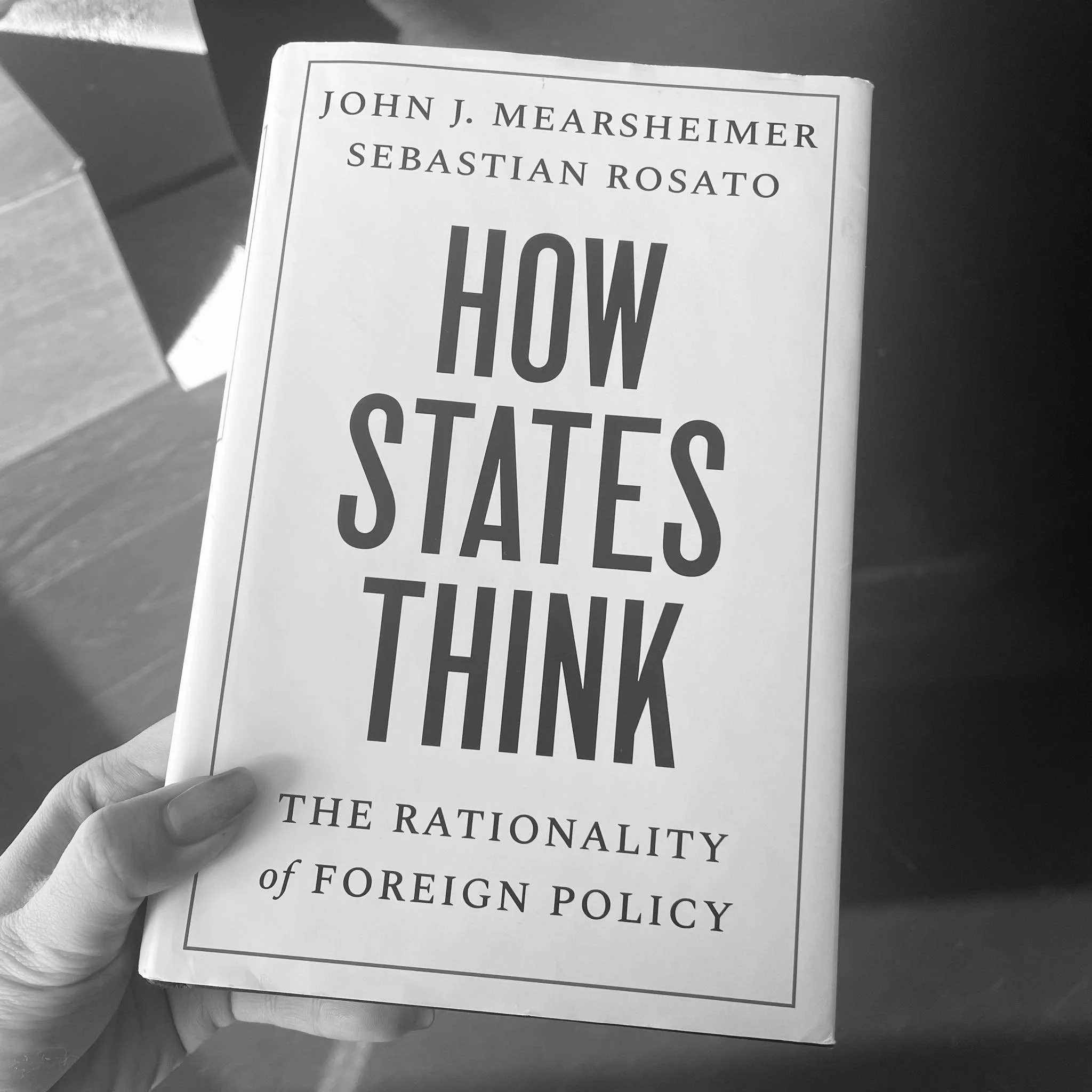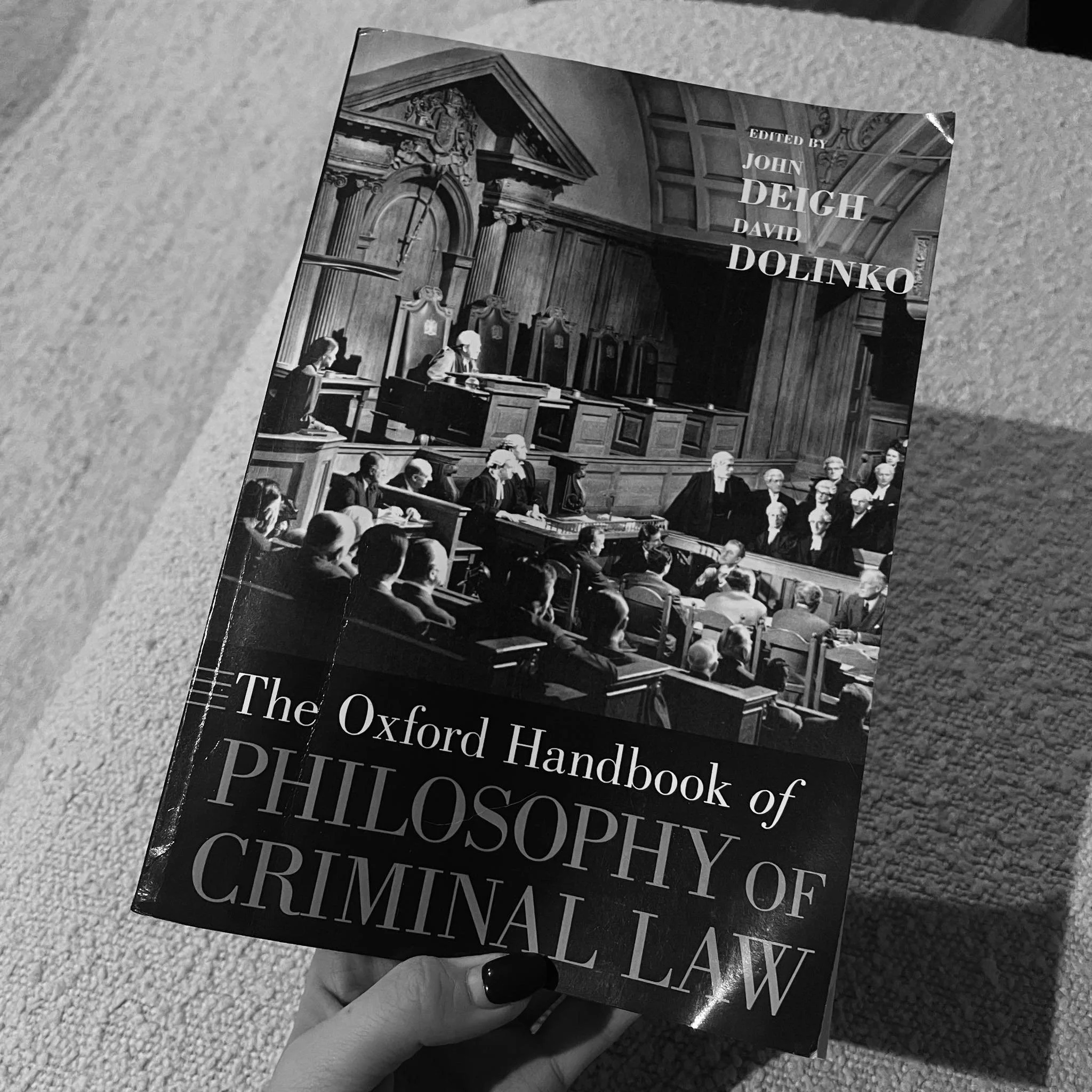21st Century Monetary Policy by Ben S. Bernanke
Typically, the word “Great” conjures notions of positivity.
Not so much in economics.
In the tumultuous realm of economics, its connotations are often far from uplifting.
From the seismic shockwaves of the Great Depression to the mercurial odyssey of the Great Inflation, history demonstrated that Great isn’t always that great.
Amidst these tempestuous chapters, one constant presence has loomed large: The Federal Reserve. As the custodian of monetary policy in the United States, the Fed has served as the linchpin in shaping the trajectory of these defining epochs. Good or bad, great or foul.
The 21st Century Monetary Policy is a fascinating account of the evolution of the Federal Reserve since the 1950s, and a stalwart defense of the status quo: of the Fed's remit, its independence, and the tools and practices it now uses to pursue its mandate. Through the lens of Ben Bernanke, former Chairman of the Fed, we embark on a crusade that traverses the annals of economic history, dissecting the Fed’s response to past crises.
This book is a work of history, not of theory, Bernanke studiously avoided sojourns into theory for its own sake. Rather, he limited himself to only theoretical developments that had serious bearings on policy making. For example, you may find much about the evolution of monetary policy, monetarism, Keynesian, neoliberalism, rational expectations and supply-side economics but little about topics as Ricardian equivalence, time inconsistency, or the fiscal theory of the price level.
While contextualizing the evolution of monetary policy, tracing its historical roots, the author examined each of his predecessors and successors during every era. Starting from the Great Inflation period of the 1960s and 1970s. Herein lies a discerning dissection of the political exigencies that impeded Arthur F. Burns’s and the Fed’s efficacy in combating inflation over protracted intervals, leading to the unsettling phenomenon of unanchored inflation expectations and obstacles in sustaining price stability.
The narrative then shifts towards the transformative tenure of Paul Volker, characterized by his resolute determination to implement politically unpopular measures aimed at restoring price stability. This included raising interest rates to precipitous levels, precipitating a deep recession. Though Volker’s hawkish approach forced the economy to go through a period of high unemployment, he succeeded in quelling the specter of inflation, thus bolstered the Fed’s credibility and ultimately anchored inflation expectations for the subsequent decades. Volker’s interest rate hikes gave credence to the Phillip’s Curve—hypothesized a relationship between employment and inflation. As unemployment came closer to the natural rate of unemployment (u*) then inflation would then rise, vice versa. Volker tested this by creating mass unemployment, which he did reduce inflation.
The subsequent era under Alan Greenspan epitomizes a period of relative price steadiness and economic buoyancy, albeit marred by a regrettable failure to anticipate the dynamics within the financial landscape, culminating in the cataclysmic vortex of the financial crisis. Bernanke’s stewardship at the helm of the Fed is portrayed as a chronicle of crisis management, where urgent interventions were marshaled to stabilized the financial nexus, complemented by monetary maneuvers such as quantitative easing to spur economic traction amidst tepid convalescence.
However, notwithstanding the deployment of these measures, the Fed grappled with persistent challenges in attaining its inflationary objectives, exacerbated by the advent of the COVID-19 pandemic. Bernanke underscores the imperative of adapting to dynamic economic landscape and the necessity of enriching the Fed’s policy toolkit with additional instruments and emphasizes the role of fiscal stimulus from legislative quarters in cushioning the vicissitudes of economic downturns.
Throughout the book, though in a restrained style, Bernanke did make criticisms. The book’s antiheroes are Arthur F. Burns—the Fed chair who did not confront rising inflation in the 1970s; Donald J. Trump and Richard Nixon, presidents who tried to intimidate Fed leaders; and modern-day congressional Republicans, some of whom he views as more concerned with partisan advantage than the country’s well-being. Bernanke offers a mixed judgment on Alan Greenspan, who presided over a 1990s boom but also missed the gathering signs of crisis in the early 2000s and, unlike Bernanke, aggressively pushed his personal preference for low taxes.
Subtheme of this book involved the interaction between Fed policy and politics. In the realm of monetary policy, where the Federal Reserve only normally sets short-term interest rates and its other policy instruments independently, though not as much as compared to in the realm of fiscal policy, politics has still been an issue. During Lyndon B. Johnson’s presidency in the 1960s, his administration’s ambitious “Great Society” programs required significant funding, posing a challenge to maintain economic stability. Johnson aimed to finance these initiatives while promoting low unemployment and economic growth. This pursuit clashed with the Fed’s traditional focus on price stability, led by William McChesney Jr. The Fed expressed concerns about potential inflation resulting from accommodating Johnson’s expansive fiscal policies. Despite reservations, the Fed succumbed to mounting political pressure and implemented looser monetary policies in 1965, including a reduction in the discount rate. This led to subsequent inflation and economic instability.
Another example of political influence causing the Fed to make questionable decisions occurred during the presidency of Richard Nixon in the early 1970s. Nixon, eager to bolster growth and ensure his reelction, exerted influence on the Fed to implement wage and price controls in 1971. The Fed complied with Nixon’s directive, leading to a compromise of its independence and ultimately caused price instability in the next decades. These examples all served as cautionary tale of the risks associated with political interference in central bank decision making and the importance of preserving the Fed’s autonomy to uphold the integrity of monetary policy.
Do I have a bone to pick with this book? Not really, but my dad did.
As someone who has experienced the 2008 financial crisis, my dad had a lot of beef with this book and I summarized his 3 hour rant into this:
Many moons ago, the Fed once believed that the job of the central bank was to take away the punch bowl “just when the party was really warming up.” But in recent years, this puritanical approach to managing the ups and downs of the economy had fallen into disrepute. Central bankers have come to believe that they must “do whatever it takes” to pull an economy out of a serious downturn, and there is a problem with this.
Throughout the book, never once did the author admit that expansionary monetary policy actually disproportionately favor the higher income class and significantly contribute to income inequality. The Fed’s problem lies in its reluctance to acknowledge the prevalence of asset bubbles, the significant impact they exert on creating income inequality, and the Fed’s own role in their creation. This blind spot regarding the irrationality and speculative activities on Wall Street led Bernanke to reassure the nation in 2008 that the subprime mortgage market posed no significant threat to the banking system. The same blind spot has allowed the Fed in recent years to overlook phenomena such as meme stocks, tech unicorns, and cryptocurrency fervor, as well as the surge in private credit. Instead of recognizing these as potential risks deserving of attention, the Fed has dismissed them as occasional exuberances.
Bernanke's analysis reveals a surprisingly limited grasp of the intricate dynamics underpinning inequality within the contemporary economy of the 21st century. Fed officials relied on comforting data analyses that betrayed breathtaking naivete about the behavior of Wall Street investors and dynamics of financial markets.
In the asymmetric monetary framework outlined by Bernanke and now embraced by the Fed, interest rates will remain "lower for longer" during economic downturns and recoveries, but will not be kept elevated for extended periods during economic expansions. The central bank will inject trillions of dollars into the economy to combat recessions but may struggle to retract them before the onset of the next downturn. This approach may incentivize speculative behavior among investors, fund managers, and corporate leaders, as they are provided ample access to inexpensive capital with the assurance that it will remain available for the foreseeable future. Consequently, when inevitable market corrections occur, the Fed will intervene once again, pledging to take "whatever it takes" to stabilize the financial system and shield risk-takers from the full consequences of their actions.
This framework essentially establishes a one-way ratchet monetary mechanism, necessitating forever-increasing injections of monetary stimulus to sustain full employment, thereby establishing a support level for asset prices with little indication of an upper limit. Its emphasis on "forward guidance" regarding future Fed actions encourages market participants to align their strategies, while simultaneously limiting the Fed's ability to swiftly adapt to evolving circumstances. While Bernanke and his successors may profess to act in the interest of the broader population, the underlying message conveyed to Wall Street is unequivocal: "Do whatever you want and we will once again “do whatever it takes” to bail you out when things go south.”
That sums up the rant my dad had about the book, just offering another perspective. It is true that the potential effects of expansionary monetary policy on income inequality, financial markets, and nominal GDP targeting metrics weren’t exactly elaborated in this book. Yet, one can also argue that the Fed may not necessarily be fully responsible for all these things, after all there are some debates when it comes to the role and responsibility of the Fed. Overall, to me, this is still a good peek behind the curtains of one of the most influential institutions in recent modern history. I’d recommend this book to anyone who wishes to learn the history of the Federal Reserve.



